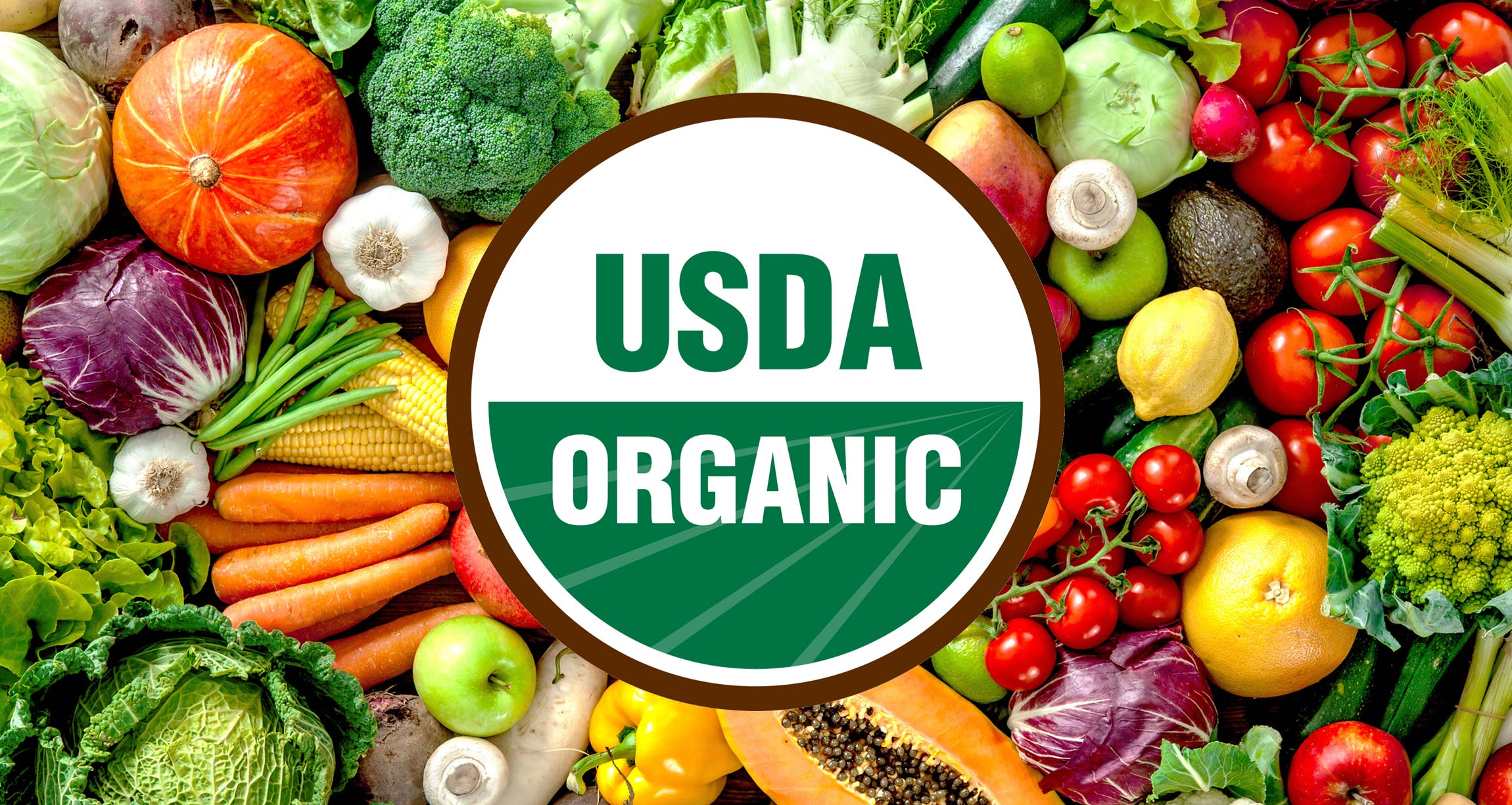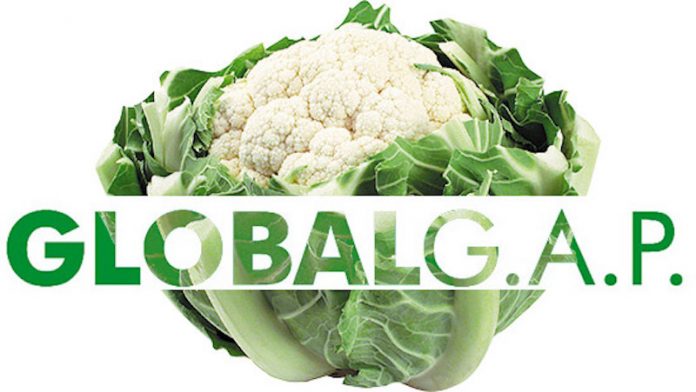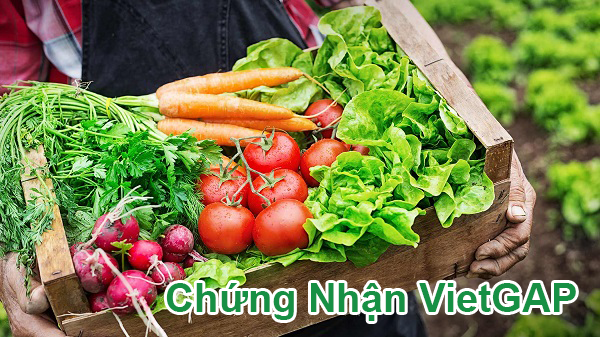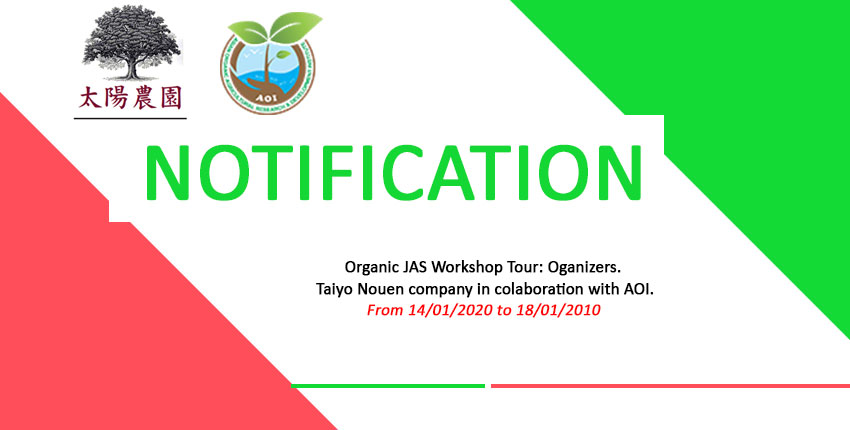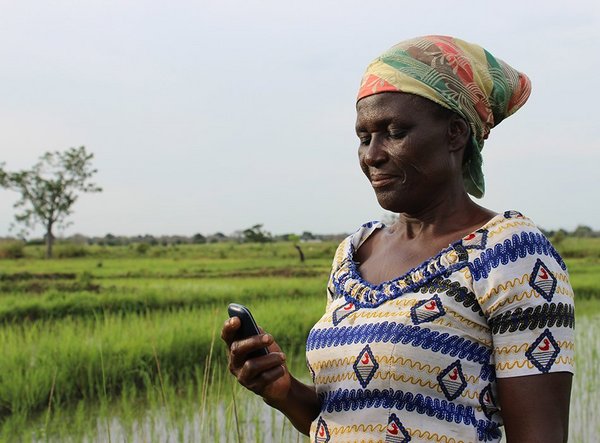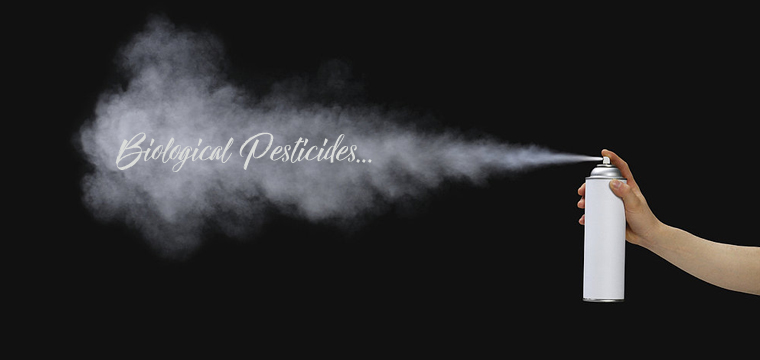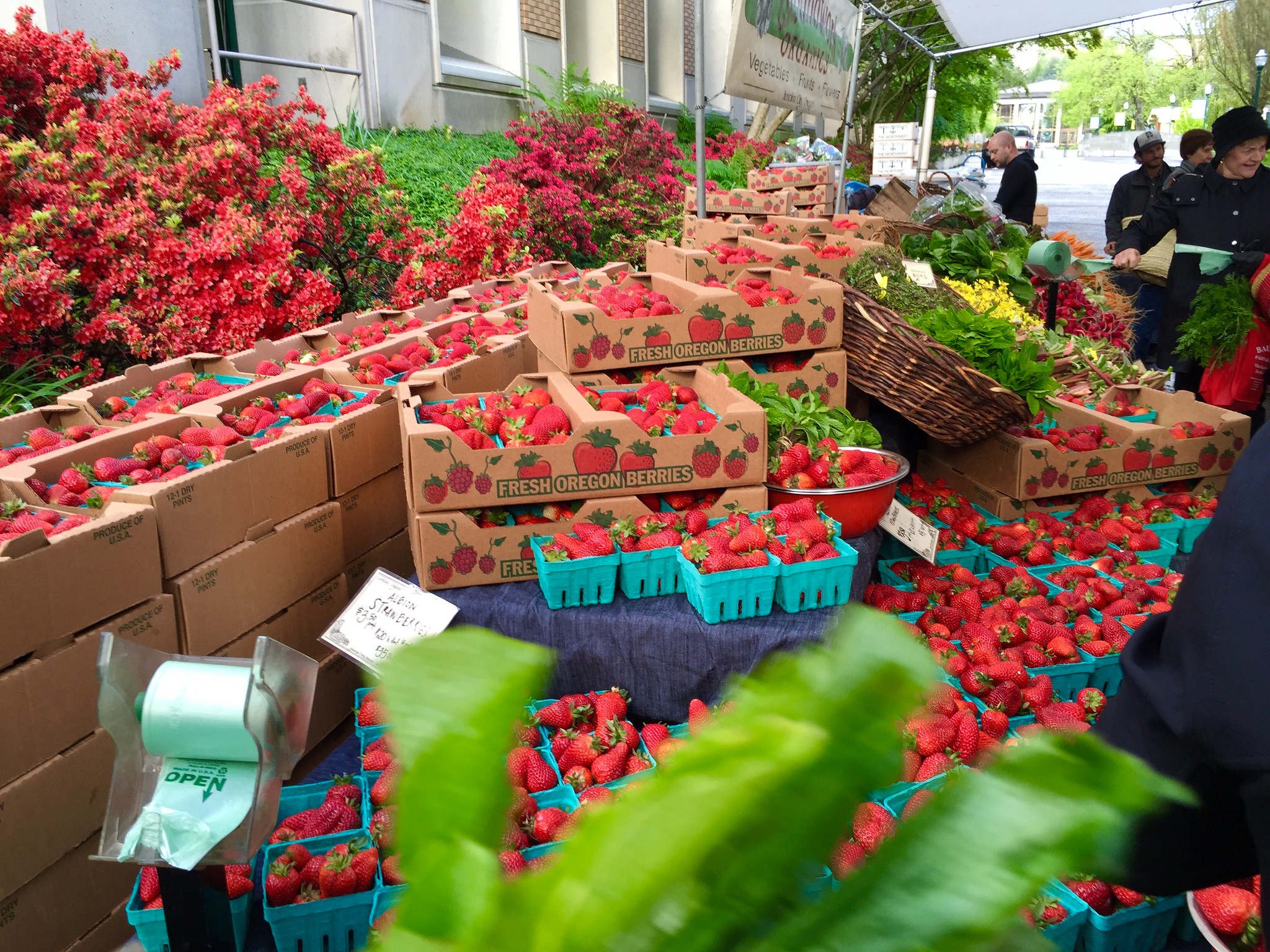INTERNATIONAL STANDARDS OF ORGANIC AGRICULTURE
Why organic production?
Nguyen Cong Thanh, summed up 13 reasons for the following organic production:
- Avoid toxicity from chemical fertilizers and pesticides
- Mitigate the effects of climate change
- Protecting the living environment and the planet for the current and future generations
- Accumulate benefits from nutrition for better health
- Stay away from genetically modified food (GMO)
- Taste delicious, natural and better food
- Direct support for farming farmers
- Conservation of biological and agricultural diversity
- Preventing antibiotics, growth pills, hormones in animal and plant products
- Ensure the true value of organic products "Less is more"; There are no hidden costs (> No hidden costs).
- Ensuring reliability with high standards (international)
- Take care of animals better and good for wild animals
- Ensuring moral, humanistic and fair values for all living things.
I. USDA Organic Agricultural Standards of the United States
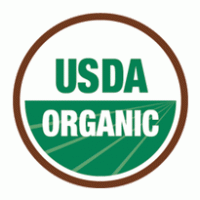
1. USDA standard - About production
- Cultivated land does not use banned substances for at least 3 years
- Soil fertility and plant nutrition based on cultivation and cultivation management (rotations, coverings, animal and plant wastes and synthetic materials allowed)
- Synthetic substance approved, synthetic substance approved, weed and weed management
- Must use organic seed if available
- Prohibit the use of genetic engineering, radioactive ionization, sludge and sewage sludge.
2. USDA Standard - Processing
- All non-agricultural processing ingredients, whether synthetic or non-synthetic, must be permitted
- In a multi-component agricultural product labeled as "Organic", all ingredients must be produced organically (Section 205.606.)
- Processors should avoid mixing organic products with non-organic and protect organic products from contact with inorganic substances.
- USDA Standard - About labeling
- Selling products are labeled organic when there are at least 95% certified organic ingredients
- The product is labeled "made by organic" when there is at least 70% certified organic ingredients. However, the USDA organic logo is not included in these products.
- Products containing less than 70% of certified organic ingredients can only certify their own organic ingredients by category.
(TC USDA issued 10/2002 and updated 11/2016)
Note: Other NNHC standards have similarities and have separate agreements.
- European Standard for Organic Agriculture
- General principles:
In 2007 the Council of the European Minister of Agriculture agreed on the new Regulation of the Council (Council Regulation (EC) No. 834/2007) establishing principles, aims and covering production rules. Organic and determine how organic products are labeled.
The regulation sets a new operational process to develop higher organic farming, with the following objectives:
• Sustainable farming system
• Many high quality products.
• Focus more on environmental protection
- pay more attention to biodiversity
- Higher animal protection standards
- increase consumer confidence, and
- protect consumer interests.Tiêu chuẩn trồng trọt hữu cơ
Organic production respects natural systems and cycles. Soil-related biological and mechanical production and production processes should be used to achieve sustainability, without the need for genetically modified organisms (GMOs).
In organic farming, closed cycles of resource use and available inputs within the farm are prioritized. If external resources are used, these inputs need to meet the following:
• Organic materials from other organic farms
• Natural material
• Raw materials obtained from nature, or
• Mineral fertilizers have low solubility.
However, exceptions, resources and aggregated inputs may be allowed if there is no suitable alternative. These products must be carefully reviewed by the EU Commission and EU countries before authorization, listed in the annexes to the implementing regulations (Commission Regulation (EC) No. 889/2008).
- Label organic foods
Food can only be labeled "organic" if at least 95% of their agricultural ingredients meet the required standards. In non-organic foods, any ingredient that meets organic standards can be listed as organic. To ensure credibility, the number of certification organization codes must be provided.
Organic production far exceeds the use of genetically modified organisms and derived products. However, regulations on GM foods and foods reduce the threshold (0.9%) according to which the GMO content of the product is not specified. Products with below GMO content may be labeled organic.
Since July 1, 2010, manufacturers of packaged organic food have been required under EU law to use the EU organic logo. However, this is not a binding requirement for organic food from countries outside the EU. Where an EU organic logo is used, the production site of any agricultural component produced must be designated.
- Importing organic products
Organic products from countries outside the EU can only be distributed in the EU market if produced and tested under identical or similar conditions to products applied to organic producers. EU The rules set forth by the 2007 regulation are more flexible than the previous set, whereby organic goods can only be imported from outside the EU if they are certified by the EU, their production is Oversight by EU countries and import licenses have been granted.Import permit procedures have been replaced by new import rules. Control agencies (Certification Organizations) operating in non-EU countries are currently authorized and directly supervised by the European Commission and EU countries.
This allows the EU Commission to monitor and control the import of organic products and inspections done against organic guarantees. The new law also laid the foundation for EU regulations on organic products including wine, aquaculture products and seaweed.
III. Japanese organic farming standards
- Building organic principles produced under the Codex Principle
- Organic labeling by certified producers
- Only certified manufacturers registered by the certification body recognized by the Minister of Agriculture, Forestry and Fisheries sản (Nhật) có thể dán nhãn là hữu cơ và gắn Nhãn hữu cơ JAS cho các sản phẩm.
- Key features of JAS standards for organic farming
• Use of composts and non-use of banned agricultural chemicals and fertilizers is prohibited no less than two years prior to organic farming.
• Do not use agricultural chemicals and fertilizers that are banned during organic agricultural production.
• Do not use DNA technology.
• Criteria for the production method provided by the natural regeneration function of agriculture should be maintained or increased by:
• do not use banned chemical fertilizers and agricultural chemicals;
• manipulate nutritional functions from the soil; and
• apply farming methods to minimize environmental pollution as much as possible.2. Conditions for the field
- Use of compost and not use agricultural chemicals and fertilizers banned for not less than 2 years before sowing and planting (3 years for perennial plants)
- Under proper management to prevent drifting and overflow of banned substances into organic fields during production.3. Fertilizer method
- Nutrient productivity of soil should be maintained or increased by composting from residues of products in the field; and the use of biological / microbial functions in the field or in adjacent areas.
- The use of fertilizers and soil amendments may only be permitted in case the above methods are not effective to maintain or increase soil nutrient productivity.
- Main fertilizer and soil improvement agent (with separate appendix). Natural substances or substances derived from natural substances without the use of chemicals and chemical additives
+ Fertilizers of animal and plant origin (substances from the food industry)
+ Fertilizers of mineral origin (source P, K, Ca, Mg, S, Si.)
+ trace elements
+ Soil regulators of mineral origin (perlite, vermiculite and others)4. Criteria for seeds and seedlings
- Use of organic seed and seedlings (usually for conditional places)
- Use seeds for seed reproductive plants and choose the youngest seedlings available for plant reproductive plants.
- Do not use DNA technology
5. Plant protection
- Using mechanical cultivation methods, physical or biological or combined plant protection methods.
- The use of agrochemicals (Allowed with a separate list) can only be allowed in the event of an imminent or seriously threatening crop and when the measures identified above are not effective. .
Some main chemicals (separate regulations)
- Plant-based substances such as pyrethrins, canola oil, lecithin, Lentinus edodes extract liquid mycelium.
- Sulfur of mineral and mixed origin Bordeaux.
- biological control and application of biopesticide formula, using natural enemies.
- Other sex pheromone agents, Metaldehyde, carbon dioxide.
6. JAS standards for organic processed foods
- The use of food additives and chemical synthetic chemicals should be the last resort.
- The final product requires no less than 95% organic ingredients, except water and salt.
- Do not use DNA technology.
7. JAS standards for organic livestock products
- Provide organic food produced.
- Management of nourishment like pets are routinely exercised and accessible to pastures and / or outdoors, so as not to cause stress to pets.
- Do not use antibiotics for prevention purposes.
- Do not use DNA technology.
- Organic JAS system inspection and certification facilities
- Through international guidelines The Codex Principle for the production, processing, labeling and marketing of organic manufactured foods (GL32), was approved by the Codex Alimentarius Commission in 1999.
- Revise the Law relating to the proper standardization and labeling of agro-forestry products (JAS Law) in 1999.
- Introduce organic inspection and certification system.
- Develop principles of organic production like organic JAS in 2000
- Prohibit misbranding for products without organic JAS9. JAS for organic food and animal feed
- JAS for organic livestock products According to the method of producing organic products, applied by Codex Alimentarius Commission in 2001.
- JAS for organic feed for organic cattle.
- Revised JAS for organic agricultural product processing including definition of organic animal food.
AOI INSTITUDE WILL PARTNERSHIP WITH ENTERPRISES AND FARMERS IN THE CONSTRUCTION OF TREE / CHILD PRODUCTION MODELS TO FIND INTERNATIONAL ORGANIC AGRICULTURAL STANDARDS




